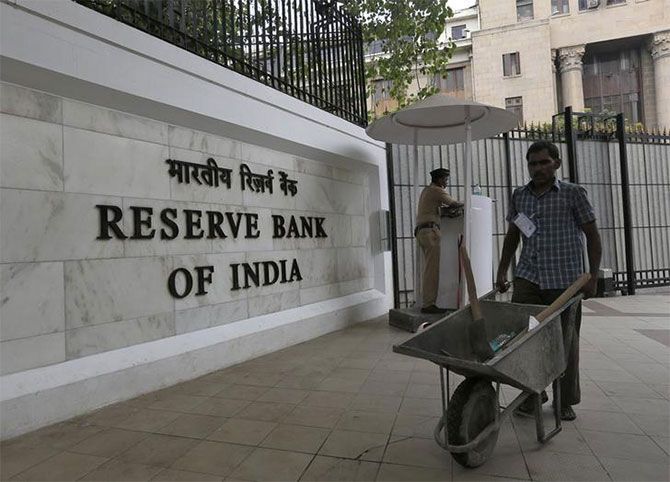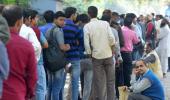North Block and Mint Road seem likely to now stick to the earlier convention of the RBI governor coming to Delhi and being the only MPC member meeting the finance minister and senior bureaucrats on pre-policy meetings

The finance ministry’s idea of face-to-face meetings with all six members of the Reserve Bank of India’s Monetary Policy Committee (MPC) ahead of interest rate announcements, seems dead upon arrival.
North Block and Mint Road seem likely to now stick to the earlier convention of the RBI governor coming to Delhi and being the only MPC member meeting the finance minister and senior bureaucrats ahead of MPC meets. For the others, the ministry will send its views in writing.
“The governor meeting the FM ahead of interest rate meetings has been a time-honoured and jealously guarded tradition. It ensures no undue pressure or interference from the government,” said a senior official.
The view now in some sections of the government is that there is no need for ministry officials to meet all MPC members.
The MPC was formed last September. The stated view in the ministry was that there needed to be a forum for the government to express its views to all the members. With this in mind, a three-member group was formed, of then economic affairs secretary Shaktikanta Das, chief economic advisor Arvind Subramanian and principal economic advisor Sanjeev Sanyal.
This group was scheduled to meet the three independent members of the MPC - Pami Dua, Chetan Ghate, and Ravindra Dholakia, on June 1 in Delhi. And, all six members, including RBI governor Urjit Patel, deputy governor Viral Acharya and executive director Michael Patra, in Mumbai on June 2. These were to be the first set of meetings under this new mechanism.
In an interview with Business Standard last month, Subramanian justified the need for the three-member ministry panel.
“The Act (Finance Act of 2016) very clearly says the government should be allowed to provide inputs to the committee. This group is consistent with that… Remember, these are inputs, we don’t pressurise them. They are free to take our views into consideration or not. We will meet them before monetary policy meetings, to present our opinions,” he had said.
Das retired on May 31 and Sanyal was out of the country on official work. It is understood that Das’ replacement, corporate affairs secretary Tapan Ray, who has additional charge of the department of economic affairs, was finding his feet. Hence it fell upon Subramanian to hold these meetings.
However, he was informed by RBI on June 1 itself that no such meetings would take place. And, that whatever the government’s views, these should be given to the MPC in writing. All the material prepared for the meetings, including a presentation, were then mailed to the central bank. Patel had instead come to Delhi on June 2 to meet Finance Minister Arun Jaitley.
On June 7, the MPC decided to hold interest rates for a fourth consecutive time. It had previously cut the repo rate (at which it lends to banks) by 25 basis points in October 2016.
With Consumer Price Index inflation just below three per cent as of April, and the need to push gross domestic product growth above the 6.1 per cent in the January-March quarter, the pressure from the ministry for a rate cut had recently increased.
Officials said by declining the meetings on June 1 and 2, the MPC and Patel made their preference clear, of sticking to convention. While the ensuing statements by Subramanian, criticising the MPC’s inflation modelling, have displayed the rift between the two bodies, sources say the Prime Minister’s Office will not get involved.
Photograph: Danish Siddiqui/Reuters











